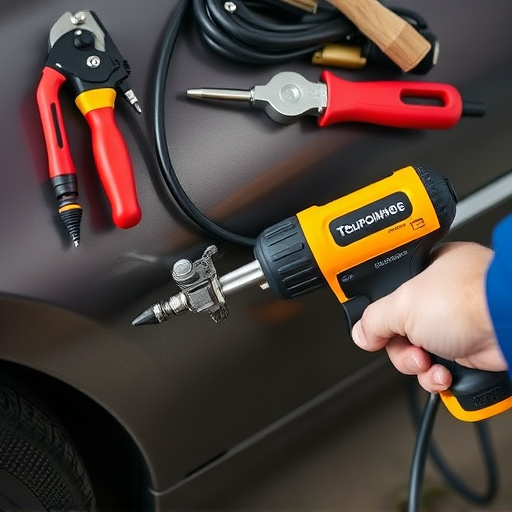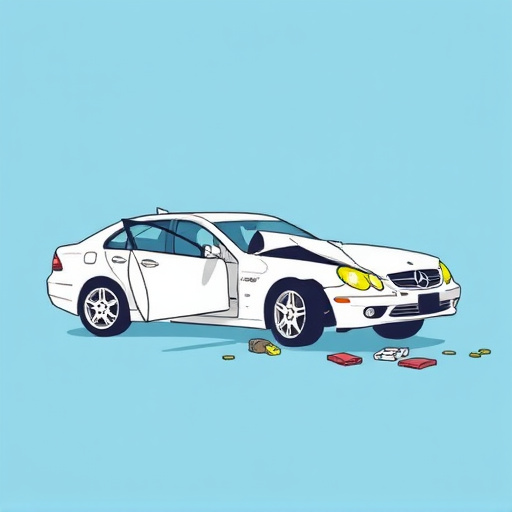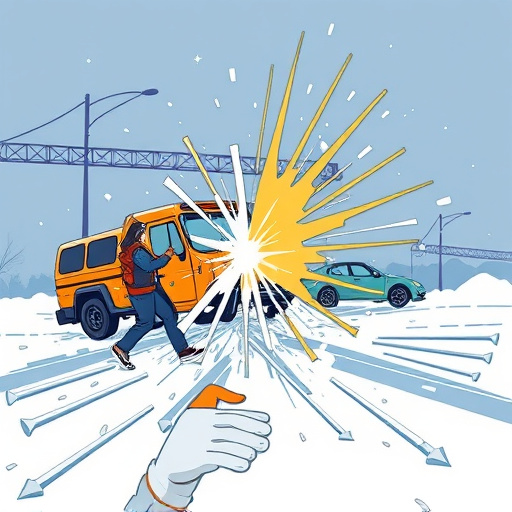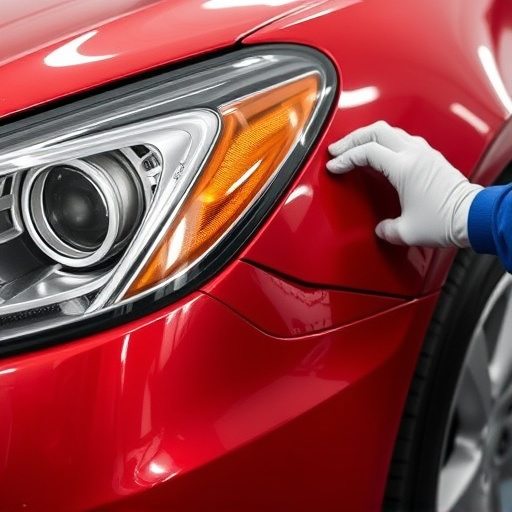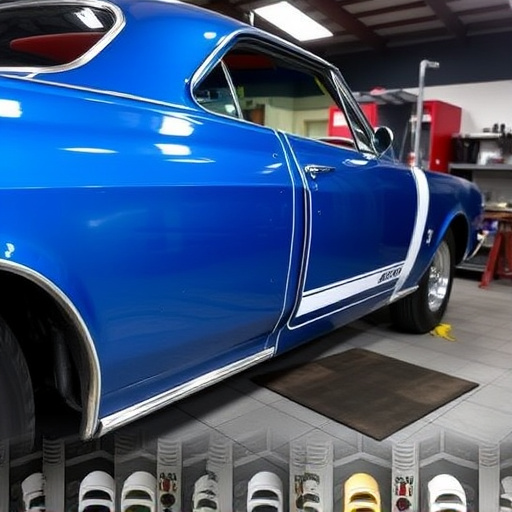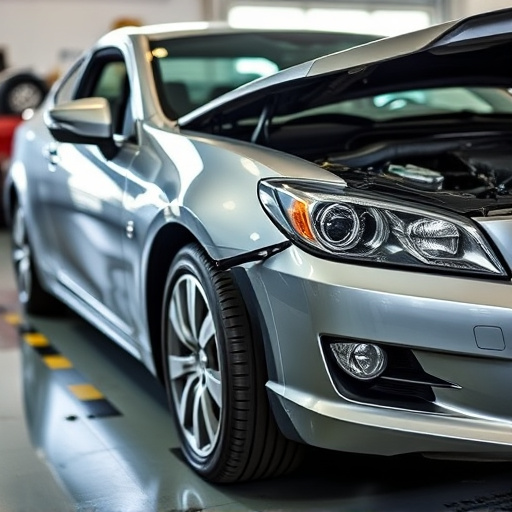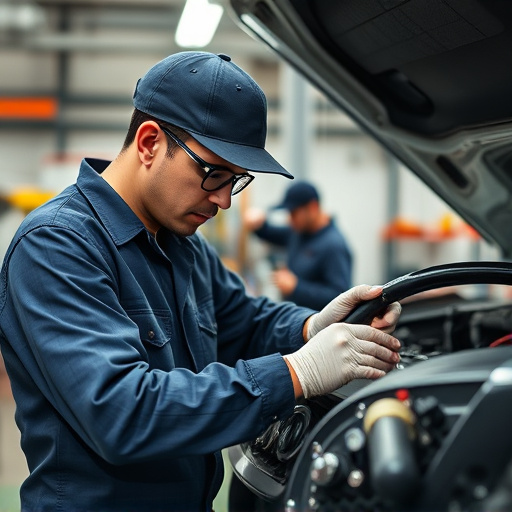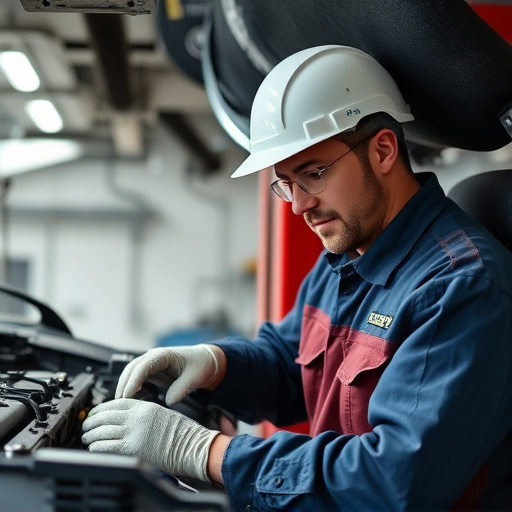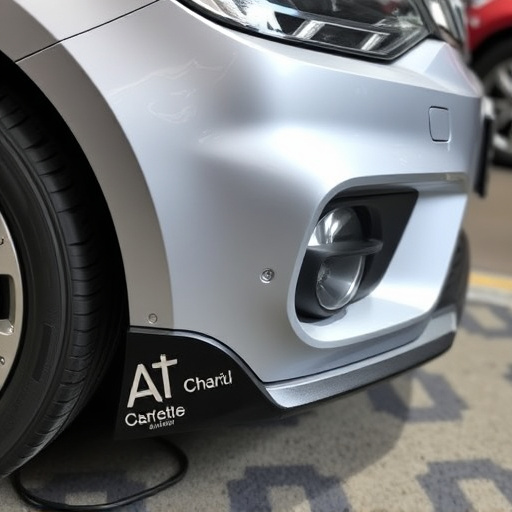Anti-corrosion materials are essential for Original Equipment Manufacturers (OEMs) across diverse sectors, offering protection against corrosive elements in harsh environments. These specialized coatings and finishes enhance product durability, extend service life, and ensure safety and efficiency of vehicles and machinery. For automotive industries, anti-corrosion materials must provide superior rust resistance, adhere to various substrates, offer flexibility, and comply with industry standards like ISO or automotive norms. By exploring advanced solutions from coatings to composites, OEMs can produce high-quality products that meet customer expectations, securing satisfaction and competitive advantage.
In the relentless pursuit of durability and reliability, Original Equipment Manufacturers (OEMs) increasingly rely on anti-corrosion materials to safeguard their products. This article delves into the significance of these materials in preventing metal degradation, ensuring longevity in demanding environments. We explore key properties and industry standards that define high-quality anti-corrosion solutions, offering a comprehensive guide for OEMs seeking robust, corrosion-resistant materials. From understanding material composition to evaluating performance, this resource equips readers with insights to make informed decisions.
- Understanding Anti-Corrosion Materials and Their Significance in OEM Industries
- Key Properties and Standards for Anti-Corrosion Materials to Meet OEM Quality Requirements
- Exploring Top Anti-Corrosion Material Options for Original Equipment Manufacturers (OEMs)
Understanding Anti-Corrosion Materials and Their Significance in OEM Industries

Anti-corrosion materials play a pivotal role in various industrial sectors, especially Original Equipment Manufacturer (OEM) industries, where durability and reliability are paramount. These specialized materials are designed to withstand corrosive elements, ensuring the longevity of products and equipment. In harsh environments, from automotive body shops to outdoor construction sites, anti-corrosion coatings and finishes protect underlying surfaces from oxidation, rust, and deterioration. This is particularly crucial in the auto industry, where cars are exposed to various weather conditions and require materials that can prevent issues like car scratch repair and auto glass repair, maintaining aesthetic appeal and structural integrity over time.
By incorporating advanced anti-corrosion technologies, OEMs can enhance product performance and extend service life, meeting stringent quality standards. These materials often feature innovative formulations, offering superior resistance to chemicals, moisture, and UV rays. This is not just about aesthetics in an automotive body shop; it’s about ensuring the safety and efficiency of vehicles and machinery across diverse sectors, from transportation to manufacturing.
Key Properties and Standards for Anti-Corrosion Materials to Meet OEM Quality Requirements

Anti-corrosion materials play a pivotal role in ensuring the longevity and durability of vehicles, making them essential for any collision repair center or auto dent repair service. When selecting anti-corrosion coatings, several key properties must be considered to meet Original Equipment Manufacturer (OEM) quality standards. First and foremost, these materials should offer superior resistance against rust and corrosion, a critical factor in vehicle restoration efforts. This protection is achieved through advanced formulations that create an impenetrable barrier on metal surfaces, thwarting the formation of unsightly rust spots and structural degradation over time.
Additionally, OEM-compliant anti-corrosion materials must exhibit excellent adhesion to various substrates, including painted and unpainted metals. This ensures long-lasting durability and prevents premature peeling or flaking. Other important attributes include good flexibility and crack resistance, enabling the material to withstand the rigors of everyday driving conditions without compromising integrity. Compliance with industry standards, such as those set by ISO (International Organization for Standardization) or specific automotive sector standards, guarantees that these anti-corrosion coatings provide consistent quality and performance across different vehicle models and makes. This is particularly important for collision repair centers aiming to restore vehicles to their original condition, ensuring customer satisfaction in the process.
Exploring Top Anti-Corrosion Material Options for Original Equipment Manufacturers (OEMs)

Original Equipment Manufacturers (OEMs) constantly seek reliable anti-corrosion materials to ensure the longevity and durability of their products. In the automotive industry, for instance, the demand for high-quality finishes that resist rust and corrosion is paramount, especially in auto detailing and automotive body shop applications. Among the top anti-corrosion material options are those offering exceptional resistance to various environmental factors, including salt water, acids, and extreme temperatures, all while maintaining aesthetics and structural integrity.
These materials span a range of options, from advanced coatings and paints to specialized metal alloys and composite substances. For auto repair shops looking to stay ahead in the market, understanding these top anti-corrosion material choices is essential. By adopting innovative solutions, OEMs can deliver superior products that meet or exceed OEM quality standards, ensuring customer satisfaction and maintaining their competitive edge in the industry.
Anti-corrosion materials play a pivotal role in ensuring the longevity and performance of original equipment manufacturer (OEM) products. By understanding the key properties and standards these materials must meet, OEMs can select the most suitable options to safeguard against corrosion. This, in turn, enhances product reliability, reduces maintenance costs, and contributes to a more sustainable future for the industry. With a range of advanced anti-corrosion materials available, manufacturers now have the tools to navigate the challenges of modern production environments effectively.
